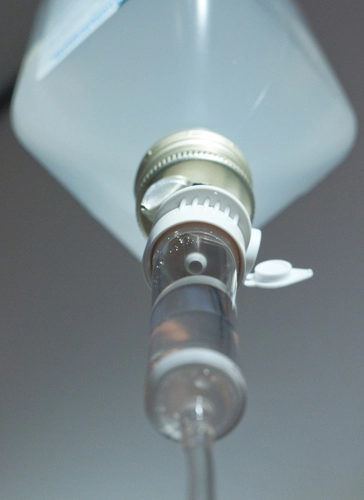Oncology & Hematology Coding Alert
News You Can Use:
Know These 5 Critical ICD-10-CM 2024 Updates
Published on Wed Jul 26, 2023

You’ve reached your limit of free articles. Already a subscriber? Log in.
Not a subscriber? Subscribe today to continue reading this article. Plus, you’ll get:
- Simple explanations of current healthcare regulations and payer programs
- Real-world reporting scenarios solved by our expert coders
- Industry news, such as MAC and RAC activities, the OIG Work Plan, and CERT reports
- Instant access to every article ever published in Revenue Cycle Insider
- 6 annual AAPC-approved CEUs
- The latest updates for CPT®, ICD-10-CM, HCPCS Level II, NCCI edits, modifiers, compliance, technology, practice management, and more
Related Articles
Other Articles in this issue of
Oncology & Hematology Coding Alert
- News You Can Use:
Know These 5 Critical ICD-10-CM 2024 Updates
Don’t let these changes become an October surprise. The 2024 update to ICD-10-CM isn’t large [...] - Procedure Coding:
Follow These Steps for Precision Rad Onc Coding
And pay attention to these valuable documentation tips. Even though radiation oncology has just a [...] - Guidelines:
Get the Answers to Your Frequently Asked Excludes Questions
Know what should — and what should not — be included. If you are confused [...] - You Be the Coder:
Peruse Payer Preference for Post-PHE Telehealth Visits
Question: I am still very confused about the correct modifiers to use for telehealth visits [...] - Reader Questions:
Check This CT Component Advice for IMRT
Question: I am in the middle of a debate where I work. My intensity modulated [...] - Reader Questions:
Take This Advice, Code BME Confidently and Correctly
Question: I’ve seen bone marrow edema (BME) documented quite a bit recently, but I’ve received [...] - Reader Questions:
Document Thinking to Count Tests Not Ordered
Question: I know that CPT® guidelines state we cannot count a test toward an evaluation [...]
View All




